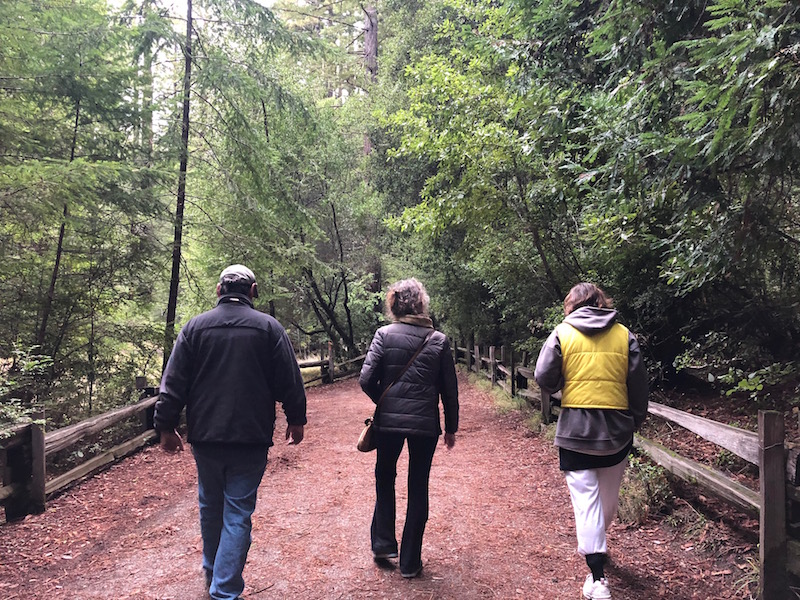“It should be realized that genuine interest cannot be forced. Therefore, all methods of education, based on centres of interest, which have been chosen by adults, are wrong. Moreover, these centres of interest are superfluous, for the child is interested in everything… A global vision of cosmic events fascinates the child and his interest will soon remain fixed on one particular part, as a starting point for more intensive studies.”
Cosmic Education is the heart and soul of Montessori…especially for elementary, but really for all ages. Since I’ve been standing on my Cosmic Education soapbox for so many years, I get asked this question a lot: “How do I start?”
I imagine most who pose this question are looking for the scope and sequence of a curriculum; a logical or step-by-step list of lessons to give and follow-up work to prepare. Some of that preparation will definitely help. Especially once you have a good understanding of your child’s interests.
So here’s the good news: No RUSH!
While you’re reading From Childhood to Adolescence, Dr. Montessori’s guidance for how to educate the elementary child through the methods of Cosmic Education (BTW: Don’t skip Chapter 6…it lays out the thought process for you perfectly!), I recommend you take daily, or at least weekly, walks to a variety of different natural settings in your area.
Each time choose a focus item to observe. I’ve widely published and given away my lesson plan for Take a Rock Walk (Don’t have it? You’ll find it at https://www.inspired-learning-montessori-education.com/WalkinNRockin.html) In this lesson plan, I share a process that can be applied to any number of items: fallen leaves, fallen seeds, photos of living fungi, moss, tree bark, groundcover plants or even animals (but those are definitely more challenging!)

Each time you go, help your child take notice of the unique qualities of the items you are discovering. As you and your child compare the features, choose to “bring home” only two matching examples. This goes for photos, too! (I’ll save a discussion about what to DO with all of this once you get home for another lesson blog…this observation and gathering is just the beginning!)
While all of this is taking place, make some mental notes about how your child is engaged. Where do their eyes take them? What do they seem most curious about? These are the clues that will help you plan your lesson connections to Cosmic Education.
Once you have enough “data” about your child’s interests, you can begin to plan your lessons. Yes, if possible, it is great to tell the Great Lesson stories.* When I was in my classroom, I started every year with the first GL within the first couple of weeks…once I thought the children had developed some skill for sitting in the circle. This is a lesson filled with moments of great excitement and even the most disciplined students can barely contain their delight! But you can do Cosmic Education without them, so don’t sweat it if you don’t know them or are intimidated by them at your early moments.
Getting back to your lesson planning: Once you have a topic to begin, then think about how you can connect their interest with skills. Always beginning with observation of the “real” item, make observations and write them down, even writing for your child in large letters they can trace or copy later. Make lists of vocabulary words that relate to the item for both spelling, writing, and subject-based learning; read poetry about the item; make up math work related to the item…always with an eye toward genuine, authentic discovery-learning based on your child’s curiosity points.
This should get you started with a great deal of inspiration and engagement…along with the joy of spending time together, walking, talking, observing, and simply learning to love our Earth and our Universe. That’s the real substance of Cosmic Education!
